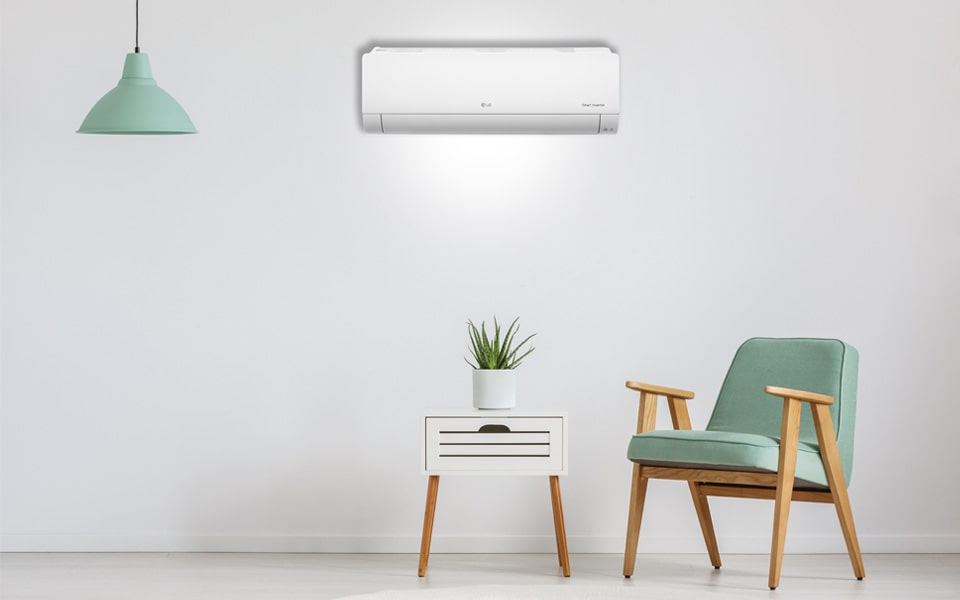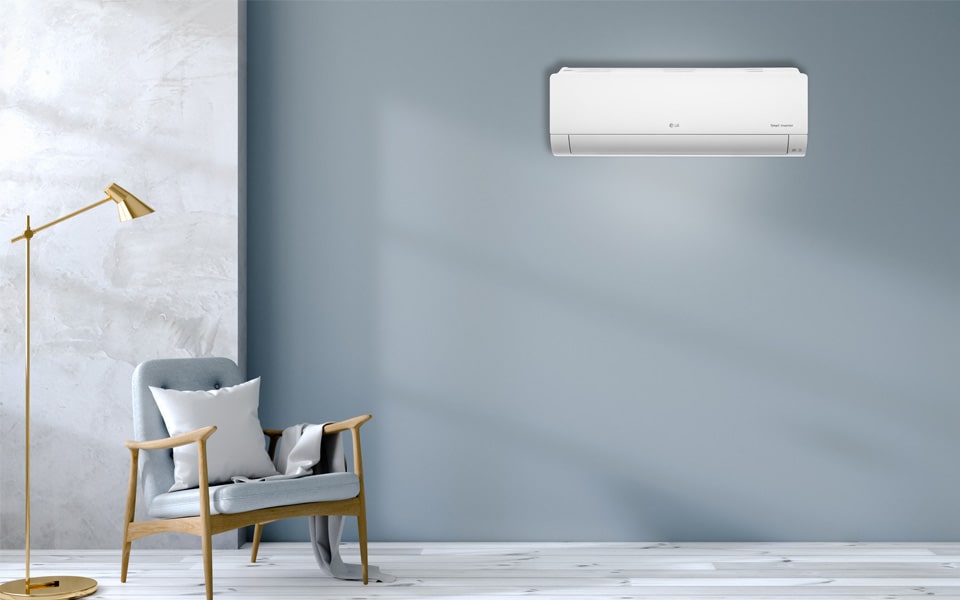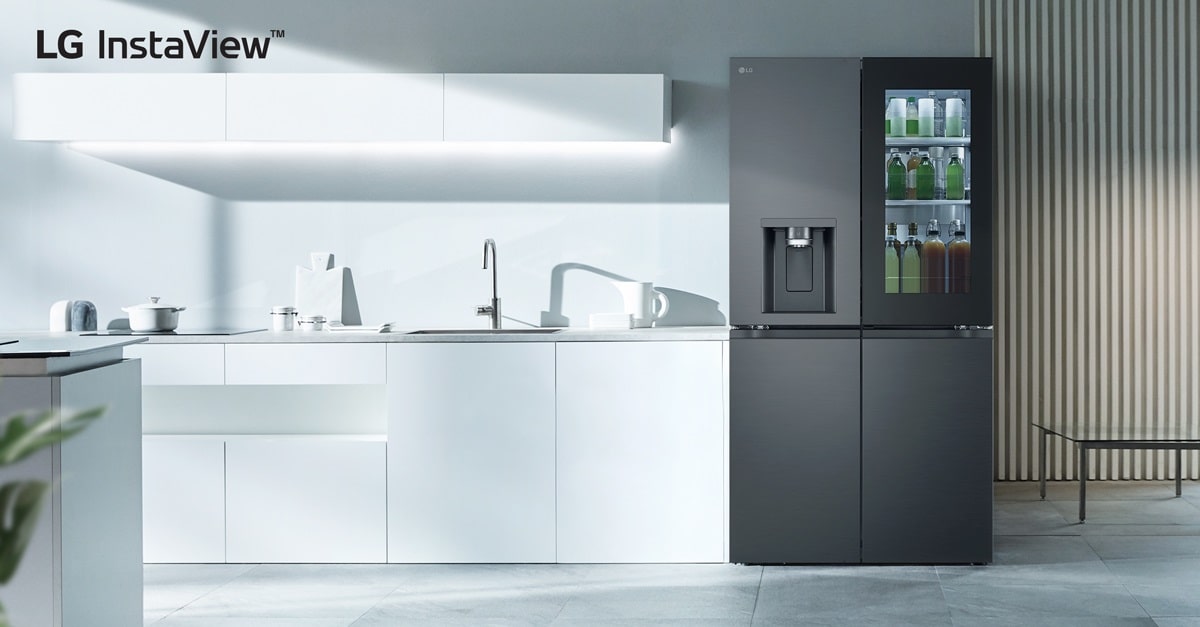We use cookies, including cookies from third parties, to enhance your user experience and the effectiveness of our marketing activities. These cookies are performance, analytics and advertising cookies, please see our Privacy and Cookie policy for further information. If you agree to all of our cookies select “Accept all” or select “Cookie Settings” to see which cookies we use and choose which ones you would like to accept.
Buying Guides
A Guide to Energy Efficient Heaters & Air Conditioner
Depending on the climate, conditioning systems that cool and heat the home can account for 20-50% of the energy used in Australian households, so it’s worth choosing an energy efficient unit. To do so, you’ll need to understand how air conditioners are rated based on their energy efficiency, and get to grips with some of the features and technologies that make some units more efficient than others. Luckily, we’ve put together a handy guide to help you out.
Energy Rating Labels on Air Conditioning Systems
For most household appliances, energy efficiency ratings use a simple 6-star rating system. Using this methodology, the more stars a product has, the more efficient it is. And air conditioning units have been rated this way for a long time: a specific model will be given a separate star rating for cooling (in blue) and heating (in red).
However, since 2019, some heating and cooling systems have been rated slightly differently. A new ‘Zoned Energy Rating Label’ has been introduced, whereby the seasonal efficiency of the unit is factored into the rating. This means that customers can choose a unit that’s right for them based on where they live.
Gas energy ratings still follow the same 6-star rating system. The star rating is calculated on the assumption that the air conditioner is heating or cooling for 2000 hours a year; it also factors in standby power, with a standby time of 6760 hours annually. You’ll find high efficiency models with 6-star energy ratings at LG, like this 2.5 kW reverse cycle split system air conditioner.
However, when comparing the efficiency of different air conditioning units by star rating, you’ll need to look at models of the same or a similar size, as this is used to calculate the rating. What’s more, you won’t be able to compare models that have a 6-star rating label with those that have the new Zoned Energy Rating Label.
Zoned Energy Rating Labels
Looking at Zoned Energy Rating Labels (ZERL) in more detail, you’ll see that they provide a bit more information than the previous Energy Rating Labels.
Zoned labels still have a star rating system, which works in the same way (i.e., the more stars a unit has, the more efficient it is). However, Zoned Energy Rating Labels give separate star ratings for each climate zone, and this is marked out of 10, not 6.
How to Use Zoned Energy Rating Label
Follow the steps below to make sense of the Zoned Energy Rating Labels on different cooling and heating systems, so that you can choose a unit that’s most appropriate for your needs.
1: Check your climate zon
Zoned Energy Rating Labels provide a seasonal efficiency rating for three different climate zones across Australia and New Zealand: these are categorised as ‘hot,’ ‘average’ and ‘cold.’ This climate data is taken into account when rating an air conditioning unit, to give consumers a more accurate idea of its efficiency.
When looking at the new Zoned Energy Rating Labels, you’ll need to look at the map and find your location. You’ll notice that each climate zone is marked in a different colour: hot climates are white, average climates are grey, and cold climates are denoted in black. Capital cities are listed in the star rating boxes to the right of the map. Brisbane and Darwin are in the hot zone; Adelaide, Perth and Sydney are in the average zone; and Hobart, Melbourne and Canberra are in the cold zone.
2: Work out the energy usage
The kWh (kilowatt hours) per year figures, which can be seen next to the star rating box on a ZERL, indicate how much electricity the air conditioning system will use for heating and cooling in a particular zone. The lower the kWh, the cheaper the unit should be to run. Be aware that these figures should act as a guide only, since consumption will vary depending on use.
3: Consider the size and placement of your AC
It’s important to choose an air conditioner that’s the right size for your home when shopping around; you can find more information on this in our air conditioner buying guide. You’ll also need to consider where you’re installing the unit in your home: think about the orientation of windows and how well insulated a room is. Once you’ve thought about these things, you can more accurately compare the efficiency of different models on the market.
On Zoned Energy Rating Labels, the heating and cooling capacities (in kW) are given in relation to seasonal outdoor temperatures.
4: Noise information
At the bottom of the label, there’s a house icon that tells you how loud the air conditioner will be when operating at full power. For units with separate systems – like split system air conditioners – you’ll find two separate noise ratings: one for the indoor unit and one for the outdoor unit.
This is worth thinking about, since the noise rating may affect where you can install an air conditioner. If you plan to put it close to a bedroom, for example, you may want to choose a quieter model. If noise is a concern, look for LG air conditioners with Smart Inverter Compressor™ technology, which are designed to operate at low sound levels.
Reverse Cycle Heating and Cooling
If you’re looking for an energy efficient way to heat and cool your home, you may want to consider buying a reverse cycle split system air conditioner. These systems work by pumping warm air out of and into rooms through a refrigerant, so they can heat and cool homes efficiently. You can find out more about the different types of air conditioning units that are available in our buying guide.
Ready to Buy an Energy Efficient AC?
Discover our full range of ACs online, including split system air conditioners, ducted air conditioners and multi-split systems to heat and cool your home.
Life's Good!
Featured product
- Newest
- Most Popular





.png)